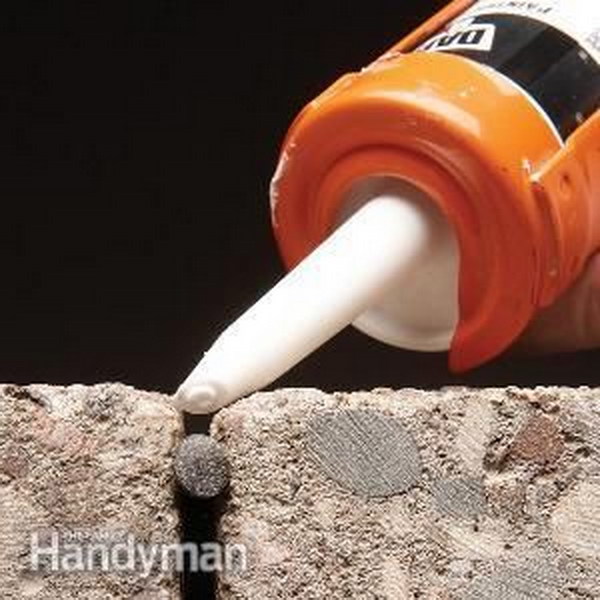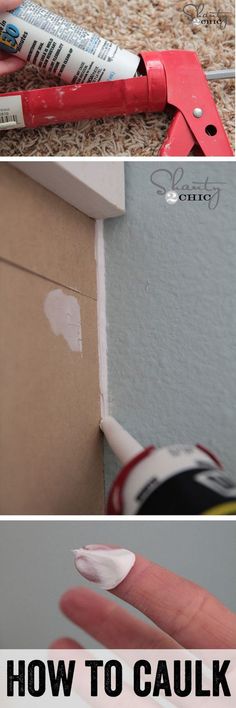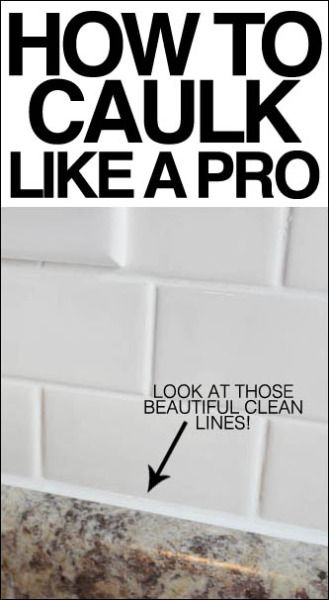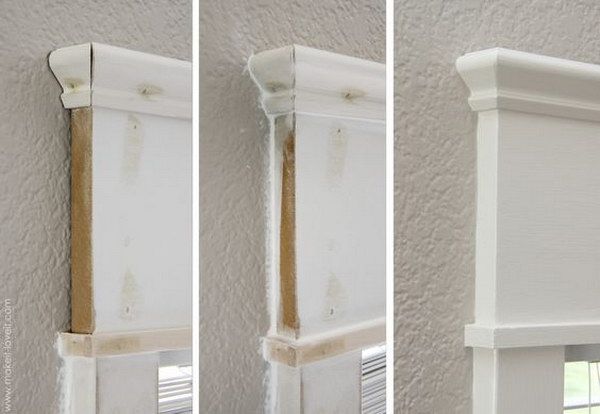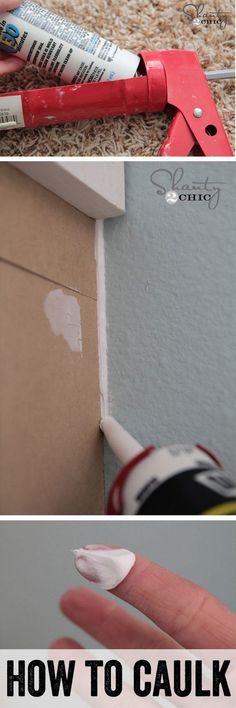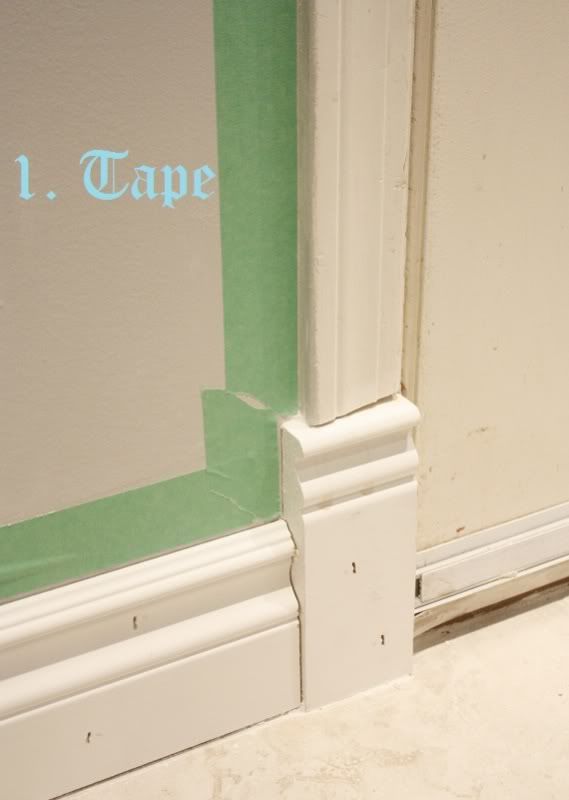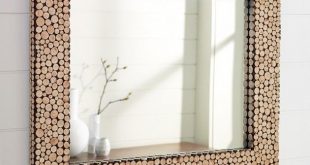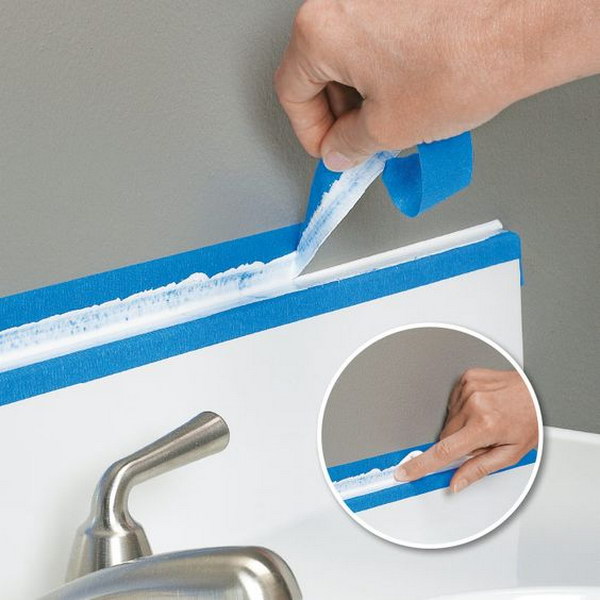
Having trouble finding gasket tips that can repair cracks and holes in your floors and walls? For long-lasting results, you need to know how to properly caulk. Here are some great caulking tips that can make caulking a lot easier for you.
Advantages of different types of seals – in a nutshell
Sealing can be described as a finishing material with excellent sealing properties. You can use it to seal cracks and gaps on the inside and outside of your home. There are different types of sealing materials, including silicone, latex, acrylic latex, butyl rubber, oil-based asphalt, sealing chord and much more. Each material has its own unique properties and advantages.
Silicone combines well with a variety of materials such as glass, ceramics, wood and metal and is highly effective and durable. Latex is a good indoor option and acrylic latex can be used to customize certain color schemes. It is equally well suited for indoor and outdoor use. Butyl rubber can be used to seal gaps and cracks up to 1/4-inch wide, and you can purchase colored shades to mix with this sealant that goes well with the existing decor. Oil-based asphalt is an ideal option for heavy repair work. The sealing chord seals small gaps around air conditioners, doors and windows.
Soak the cotton strips with bleach to remove mold in your bathtub so you don't have to refill
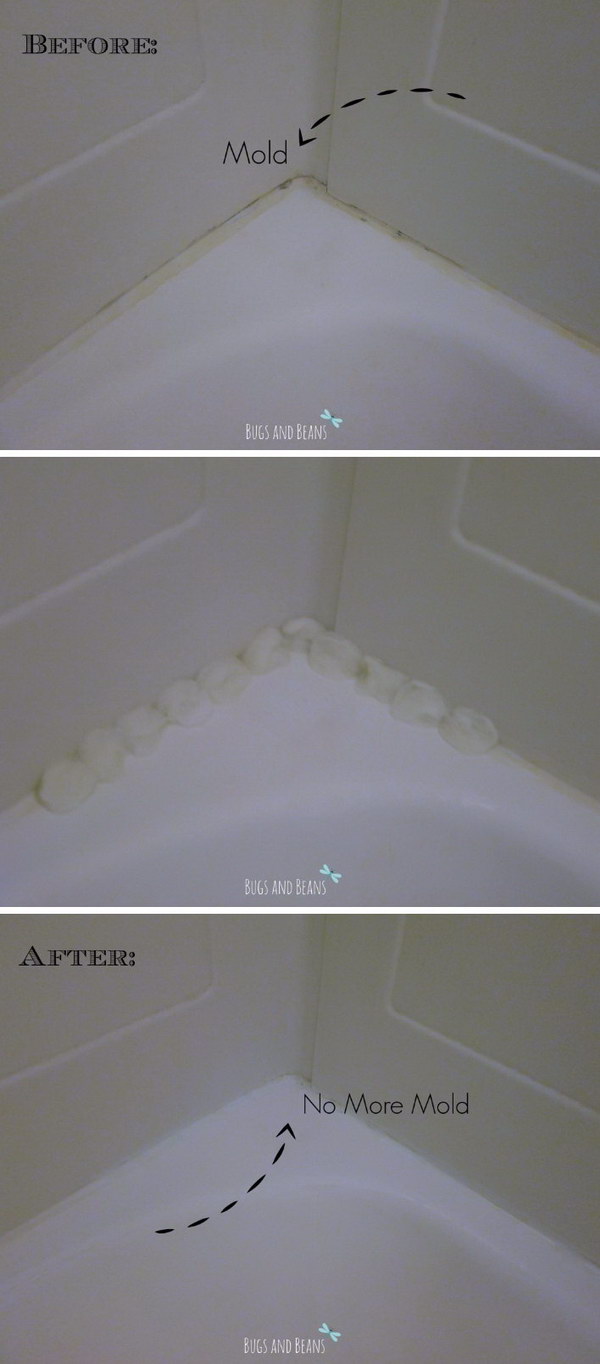
Remove Old Caulk using the correct method
First, you need to clean the seal with a soap suds remover or apply a seal remover and wait a few hours for the seal to soften. You can cut the seal with a razor blade to determine the exact type of seal. If it's a silicone gasket, you can feel like a soft rubber when cutting, and latex has a higher resistance to chipping or cutting due to its hardness. If softened, a chisel or spatula should be used to remove the seal, and a heat gun can also be used to remove more stubborn sealant. The next step is to clean the surface with alcohol. The alcohol enlarges the molecules when sealing and separates them from the previous setting. To remove mildew and mold, a mixture of 1/3 cup of bleach and 1 gallon of water must be used, and you must let the surface dry before applying the new sealant.
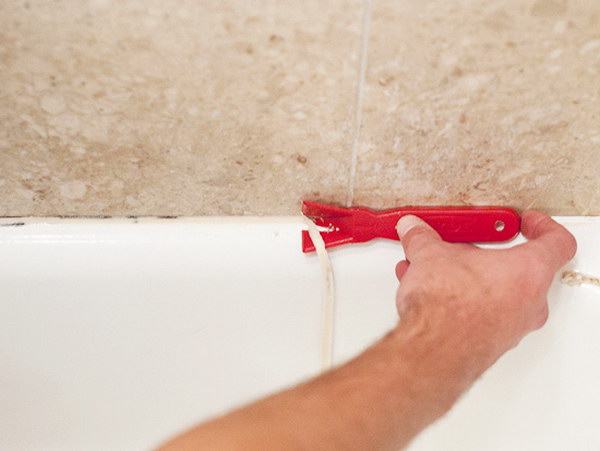
Watch the weather and caulk at the right time
If you are a beginner, you should understand that the weather affects the efficiency of the waterproofing to properly adhere to the surface. It is always advisable to seal in ideal weather conditions. What is the ideal temperature? The ideal weather condition is 40 degrees Fahrenheit and rising and 90 degrees Fahrenheit and falling. If you can keep the surface temperature in this area, you can get long-lasting results.
Learn how to seal an ideal straight line (between tub and floor).
To do this, you'll need a blue painter's tape, a white seal, and a damp rag. First you need to tape the areas carefully, and then some sealant should be injected into the area between the tape. Now the seal needs to be smoothed with your fingertips and you need to gently pull up the tape while the seal is still wet. Such a method will help you to create an ideally beautiful sealing line around your bathtub.
Use tape to create a straight, smooth seal line
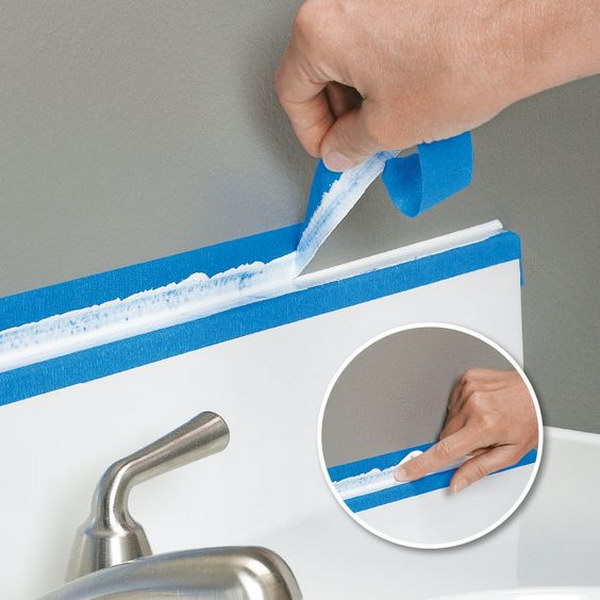
How to use a cartridge gun
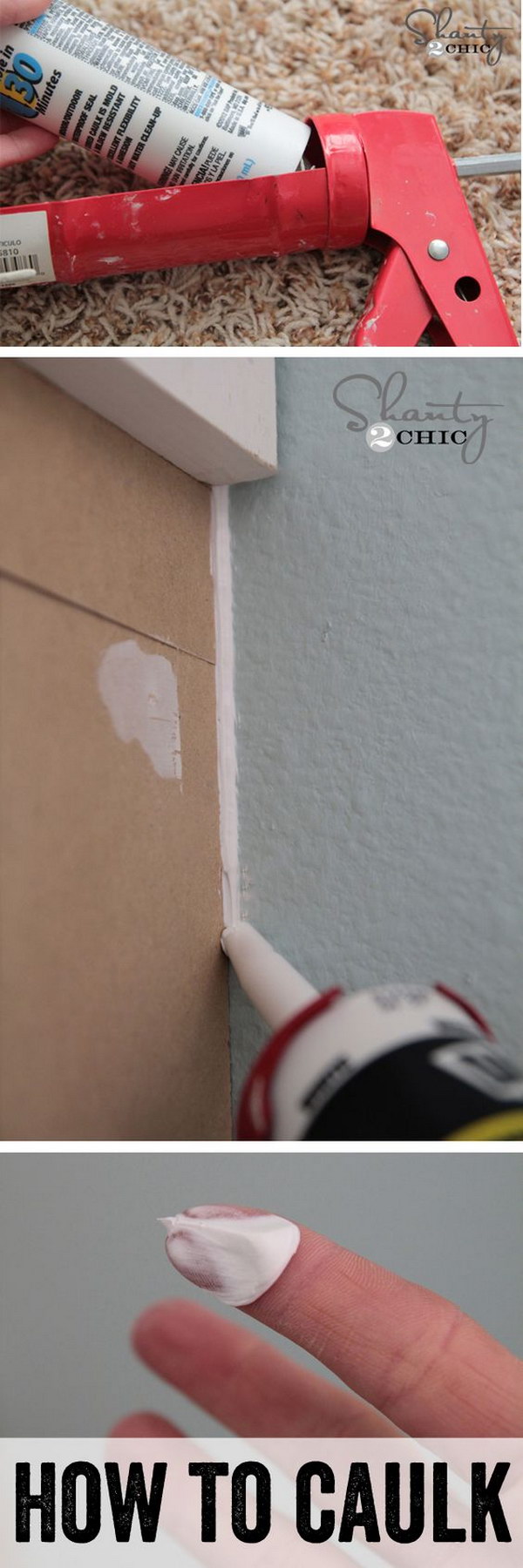
How to seal a bathtub
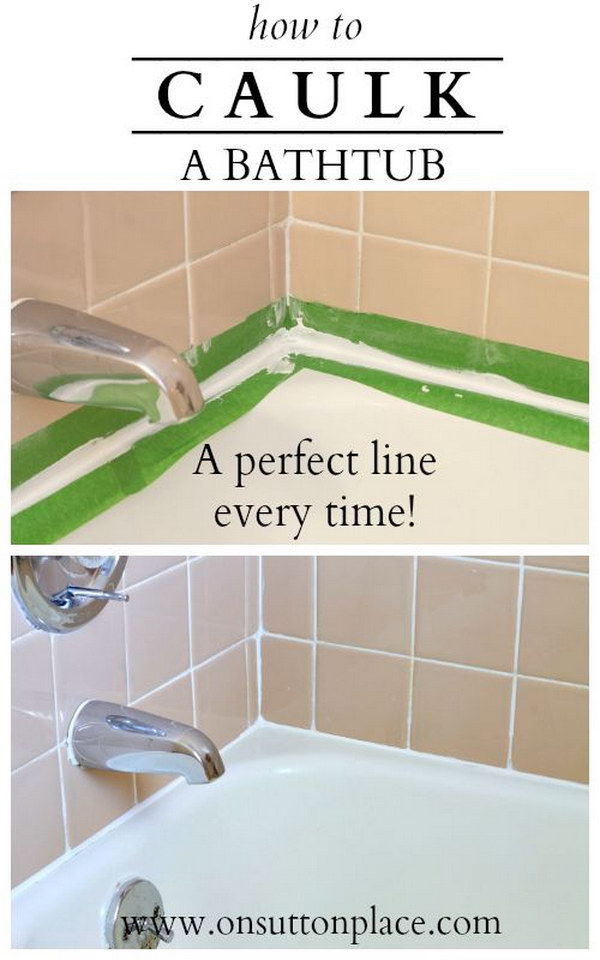
Use rubber wedges to make your sealing work much easier and less messy
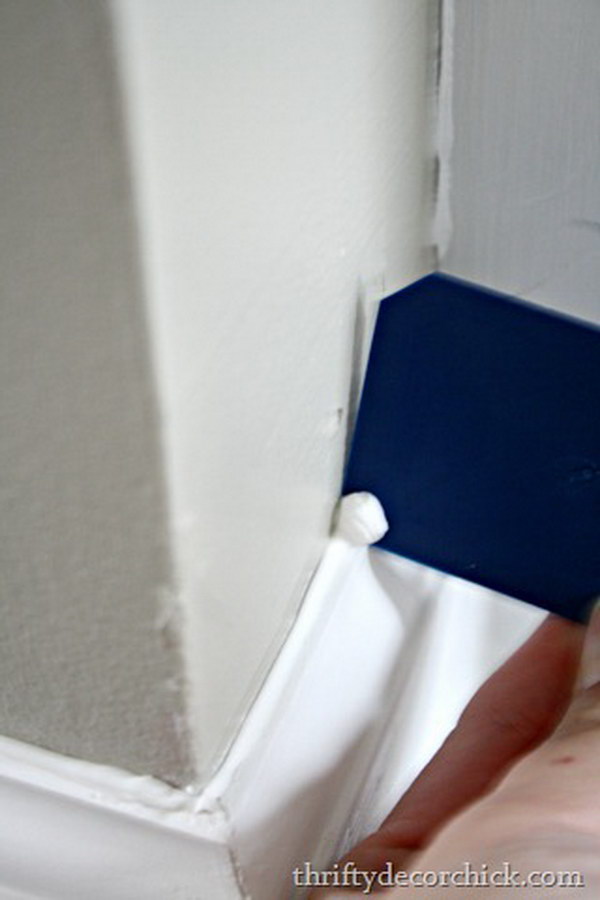
Smooth the finished line of waterproofing with an ice cube
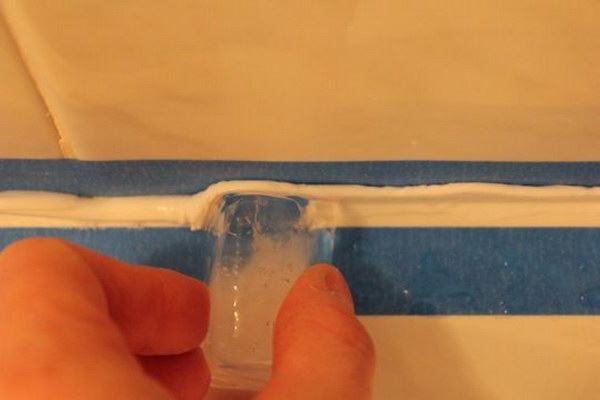
Paint after caulking the cracks
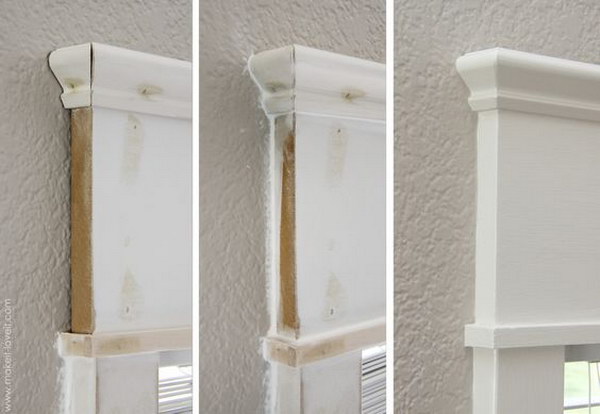
Seal with a straw
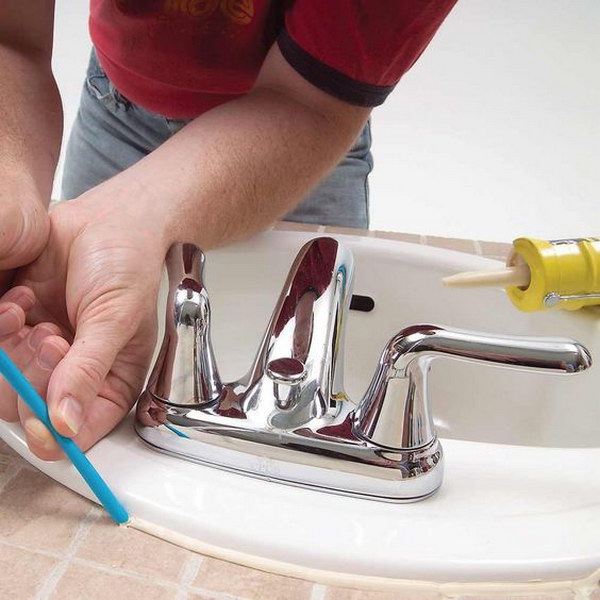
Prevent cracks by filling your bathtub with water before caulking
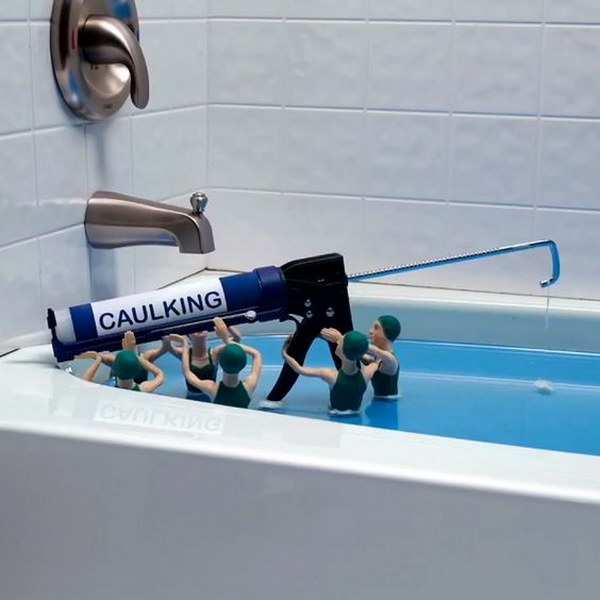
Seal cracks in concrete with durable urethane sealant
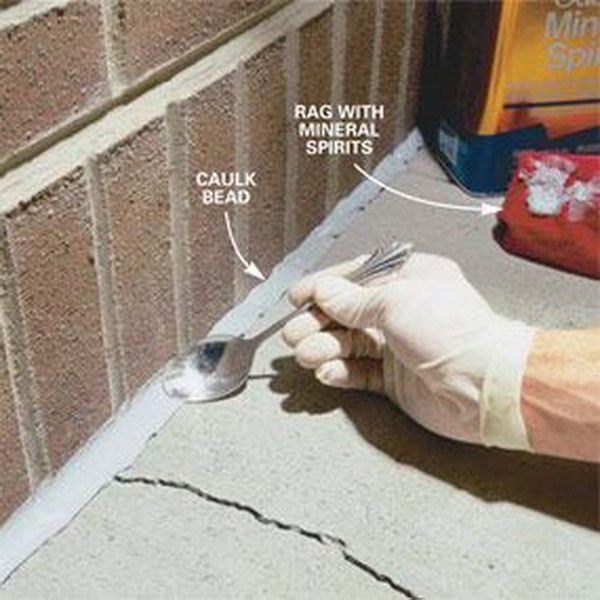
Learn the art of sealing concrete cracks
Concrete often cracks over a period of time. These unwanted cracks make the surface look dirty and worn, and allow water to seep under the concrete to cause serious damage. First, you need to remove the residue and loosen the concrete in the crack using a screwdriver. A wire brush should also be used to make the cleaning process very results-oriented. You can then remove the crack with a leaf blower or broom. The next step is to fill the crack with urethane sealant. For wider cracks you need to push the foam cracker rod into the crack with a screwdriver and then the crack can be filled with urethane sealant.
Fill wide cracks with a foam support rod before caulking
